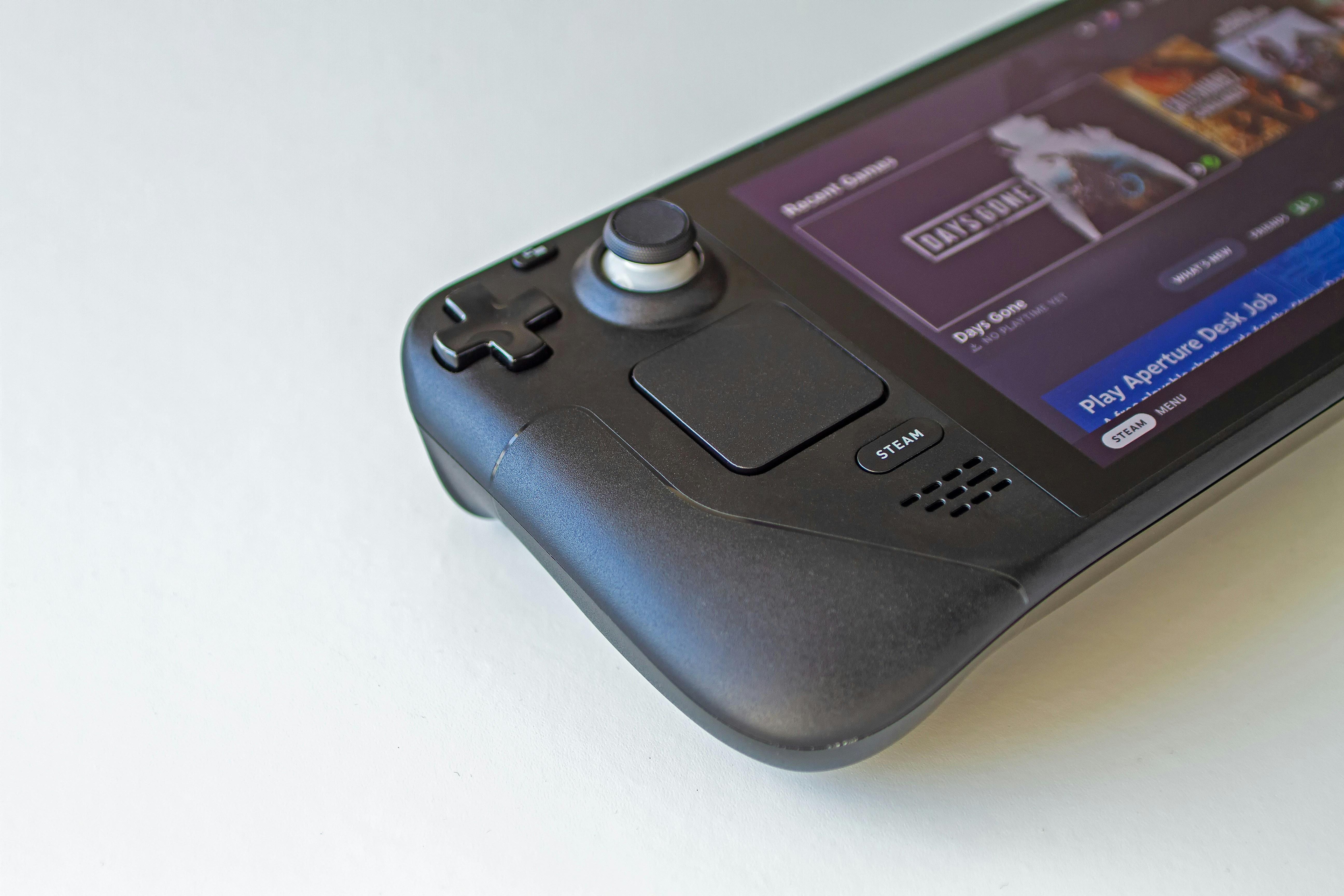In the rapidly evolving landscape of home entertainment, consumers are increasingly faced with a myriad of choices for streaming their favorite content. Among these options, gaming consoles have emerged as potential contenders to replace dedicated streaming devices. This article aims to dissect the capabilities of gaming consoles in the realm of streaming, comparing them to traditional devices like Roku, Amazon Fire Stick, and Apple TV. By analyzing factors such as performance, user experience, cost, and versatility, we seek to determine whether gaming consoles can truly stand as a viable alternative or if dedicated streaming devices maintain an edge in the market.
Comparative Performance Analysis of Gaming Consoles and Streaming Devices
When analyzing the performance of gaming consoles versus dedicated streaming devices, several factors come into play. Gaming consoles, such as the PlayStation and Xbox series, offer powerful hardware that supports high-definition gaming and streaming. They are equipped with robust processors and GPUs, making them capable of delivering 4K resolution and HDR content smoothly. These devices also support a wide range of streaming apps, offering a versatile entertainment hub. However, their higher price point and larger footprint might not appeal to those solely interested in streaming services.
On the other hand, dedicated streaming devices like Roku, Amazon Fire Stick, and Apple TV are designed specifically for content streaming. These devices are typically more affordable and compact, providing an easy setup and user-friendly interface. They may lack the raw processing power of gaming consoles, but they compensate with optimized streaming capabilities and seamless integration with smart home ecosystems. Additionally, streaming devices often support a wider variety of apps and services, focusing on delivering a streamlined entertainment experience.

User Experience and Interface Evaluation
When evaluating the user experience of gaming consoles as streaming devices, several factors come into play. Consoles like the PlayStation and Xbox offer a robust interface, often designed with user engagement in mind. Their dashboards are visually appealing and integrate seamlessly with popular streaming apps. However, the navigation can sometimes feel overwhelming due to the abundance of features aimed at gamers, which might detract from a streamlined streaming experience.
From an interface perspective, gaming consoles provide a unique blend of versatility and power. Users can enjoy a range of streaming services, but might face challenges such as longer boot times compared to dedicated streaming devices. Consider these points:
- Multi-functional Use: Consoles offer gaming, streaming, and other entertainment options in one device.
- Controller Navigation: Navigating streaming apps with a game controller can be less intuitive than using a remote designed for streaming.
- Performance: High processing power ensures smooth playback, but may come at the cost of increased energy consumption.
Ultimately, while gaming consoles provide a compelling interface with a wealth of features, their suitability as a replacement for dedicated streaming devices largely depends on user preferences and priorities.

Content Accessibility and Platform Compatibility
When evaluating gaming consoles as potential replacements for dedicated streaming devices, content accessibility and platform compatibility are critical factors to consider. Gaming consoles like the PlayStation and Xbox series come equipped with a broad array of streaming apps, including popular services such as Netflix, Hulu, and Disney+. However, it’s important to note that not all consoles support every streaming platform, which could be a limitation for users seeking a comprehensive streaming experience.
Key considerations include:
- App Availability: While major streaming apps are typically supported, niche services might be missing.
- Interface Experience: The user interface on gaming consoles can differ from that of dedicated streaming devices, sometimes offering less intuitive navigation.
- Updates and Support: Consoles frequently receive system updates, but these may not prioritize streaming app enhancements.
Ultimately, while gaming consoles offer robust streaming capabilities, their effectiveness as a replacement depends on the user’s specific needs and preferences regarding app diversity and ease of use.

Cost-Effectiveness and Value Proposition
When considering the cost-effectiveness of using gaming consoles as streaming devices, it’s important to weigh both the initial investment and the potential for multi-functionality. While gaming consoles like the PlayStation and Xbox typically come with a higher price tag compared to dedicated streaming devices, they offer a diverse range of functionalities beyond streaming. This versatility can justify the cost for users who are interested in gaming, streaming, and additional entertainment features.
- Multi-functionality: Consoles serve as both gaming platforms and media hubs, providing access to various streaming apps.
- Performance: High processing power ensures smooth streaming and gaming experiences.
- Longevity: Frequent updates and support extend the device’s usability over time.
However, for those whose primary interest is streaming, dedicated devices like Roku or Chromecast offer a value proposition that’s hard to ignore. They are typically more affordable and specifically optimized for streaming, ensuring ease of use and quick setup. Ultimately, the choice hinges on whether the added functionalities of a console align with the user’s entertainment needs and budget considerations.



